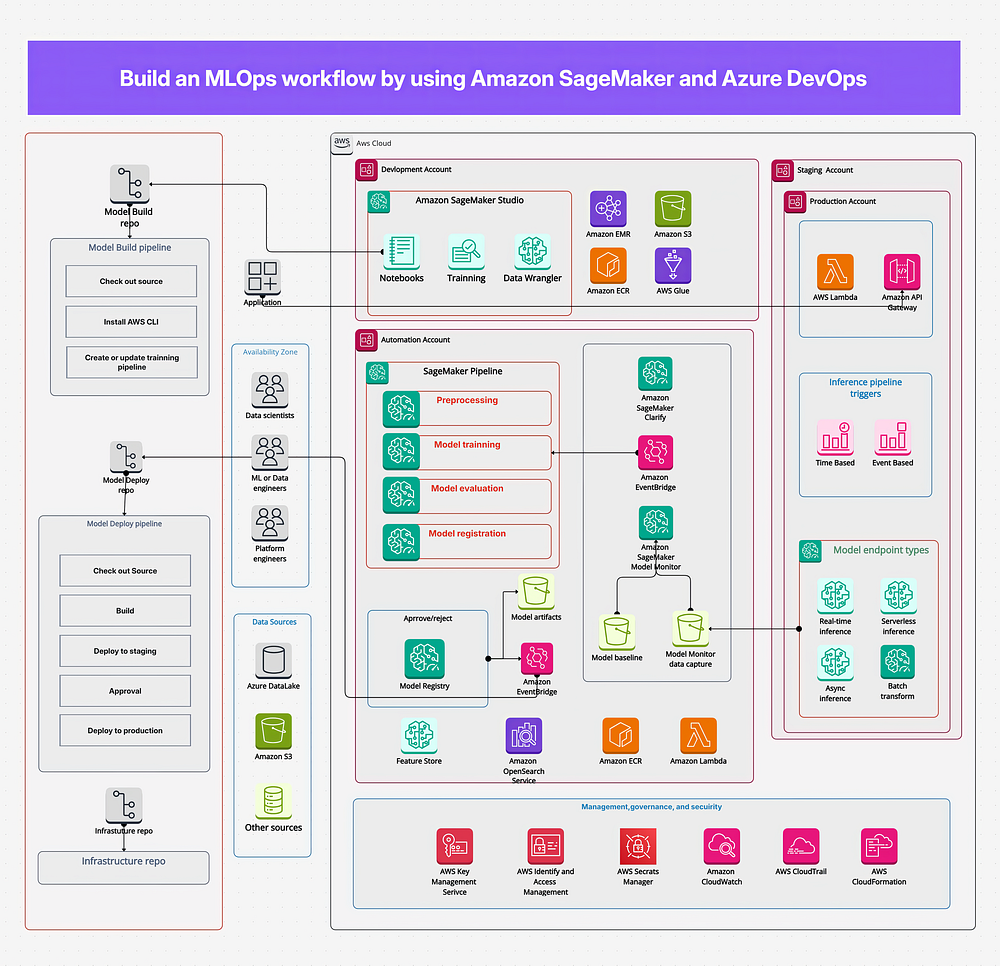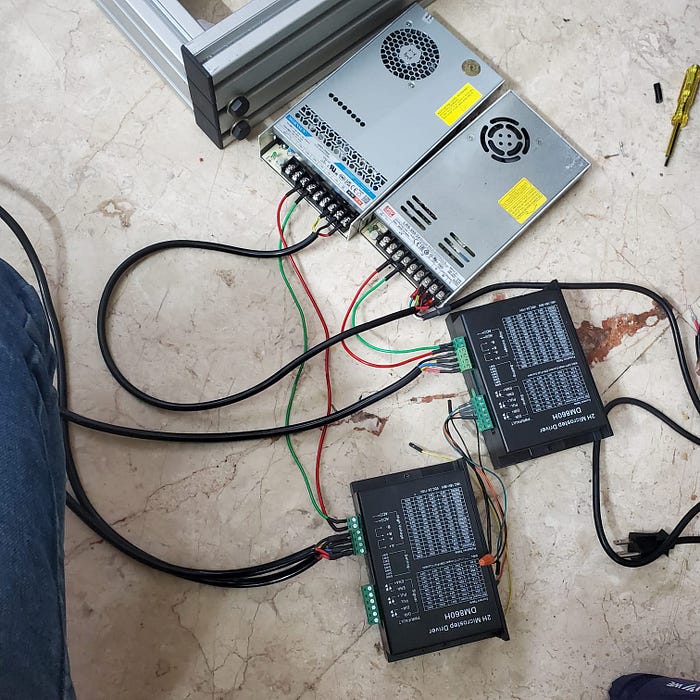Introduction to AI Weekly
Good morning, AI enthusiasts! This week from the AI community: Open-Sora 2.0 shows what open-source video generation can do on a tight budget. We also cover JAX’s growing role in high-performance computing, how inverse neural networks rethink input-output mapping, and where LLMs are still falling short in real-world organizations. As always, we’ve got fresh community builds, collaboration opportunities, and a meme to wrap it all up. Enjoy the read!
What’s AI Weekly
Open-Sora really caught my attention; it is a fully open-source video generator. They managed to train an end-to-end video generator with just $200,000. Okay, $200,000 is a lot of money, but it’s quite low compared to what OpenAI’s Sora or other state-of-the-art video generation models cost. So this week, I am diving into how Open-Sora 2.0 is built and trained. The training pipeline is not just divided into two stages, but into three distinct stages, each carefully optimized to save compute, reduce cost, and deliver state-of-the-art performance.
Data Preparation for LLM: The Key To Better Model Performance
Using high-quality data, ethical scraping, and data pre-processing to build reliable LLMs. We’ve got a new guest post out this week — this time with Rami’s Data Newsletter (aka Rami Krispin) — diving into something that doesn’t always get the hype it deserves: LLM data prep. Everyone talks about fine-tuning and model choice, but none of that matters if your data is a mess. In this piece, we explore practical ways to define data standards, ethically scrape and clean your datasets, and cut out the noise — whether you’re pretraining from scratch or fine-tuning a base model.
Learn AI Together Community section!
Featured Community post from the Discord
Jonnyhightop has built OneOver, a complete AI workstation. It provides access to multiple powerful AI models through a single, intuitive interface. Users can simultaneously compare up to 3 AI models to find the best for each task, generate and compare images with the advanced Image Studio, and access text generation with specialized prompts and shortcuts.
AI poll of the week!
Most of you don’t feel OpenAI leads the LLM race anymore, so what other models do you use and for which tasks?
Collaboration Opportunities
The Learn AI Together Discord community is flooding with collaboration opportunities. If you are excited to dive into applied AI, want a study partner, or even want to find a partner for your passion project, join the collaboration channel!
Meme of the week!
Meme shared by ghost_in_the_machine
TAI Curated Section
Article of the week
Beyond Simple Inversion: Building and Applying Inverse Neural Networks By Shenggang Li. This blog explores Inverse Neural Networks (INNs) as a method for determining system inputs (x) given observed outputs (y), particularly for complex, multi-valued, or noisy scenarios where traditional inversion fails.
Our must-read articles
- JAX: The Hidden Gem of AI Research and High-Performance Computing By Harshit Kandoi.
- Manus AI — Does it Live Up to the Hype? By Thomas Reid.
- In-Depth Comparison Between KAN and MLPs By Fabio Yáñez Romero.
- 10 Ways LLMs Can Fail Your Organization By Gary George.
Conclusion
In conclusion, this week’s AI news covers a wide range of topics, from open-source video generation to inverse neural networks and LLMs. We also highlighted some exciting community projects and collaboration opportunities. Whether you’re interested in AI research, building your own AI models, or just want to stay up-to-date with the latest developments, there’s something for everyone in this week’s AI weekly.
FAQs
Q: What is Open-Sora 2.0?
A: Open-Sora 2.0 is a fully open-source video generator that can train end-to-end video generators on a tight budget.
Q: What is LLM data prep?
A: LLM data prep refers to the process of preparing high-quality data for Large Language Models, including defining data standards, ethical scraping, and data pre-processing.
Q: What is JAX?
A: JAX is a high-performance numerical computing library from Google Research that excels in speed and scalability due to its just-in-time (JIT) compilation via XLA, automatic differentiation, and vectorization capabilities.
Q: What are Inverse Neural Networks (INNs)?
A: Inverse Neural Networks (INNs) are a method for determining system inputs (x) given observed outputs (y), particularly for complex, multi-valued, or noisy scenarios where traditional inversion fails.











